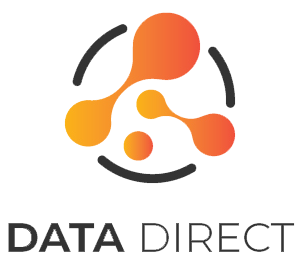Countries
Quick Links
Contact
68 Circular Road, #02-21
Singapore 049422
Singapore 049422
124/1 Missenden Road, Camperdown NSW Australia 2050
74 Nineteenth Avenue, Palm Beach QLD Australia 4221
- info@datadirect.com.sg
Copyright 2023 © datadirect all rights reserved.

